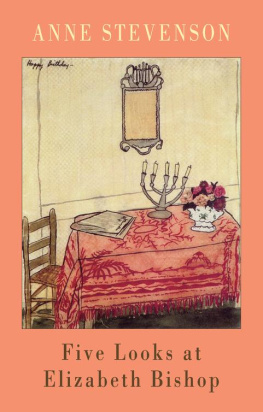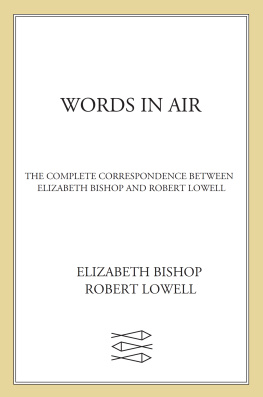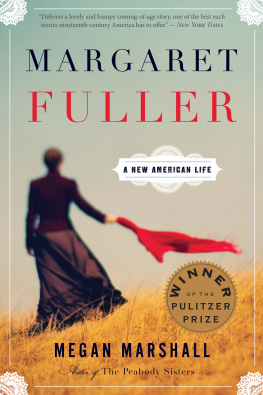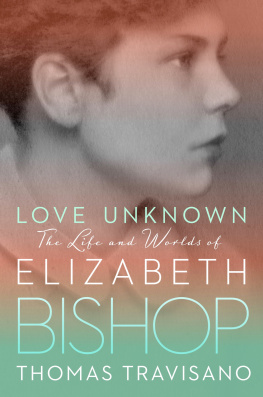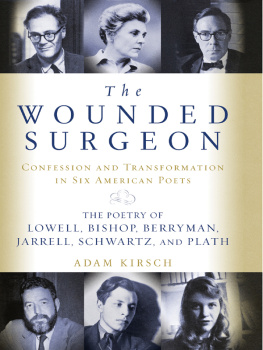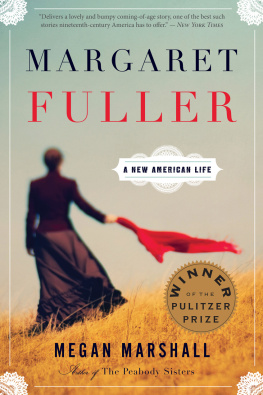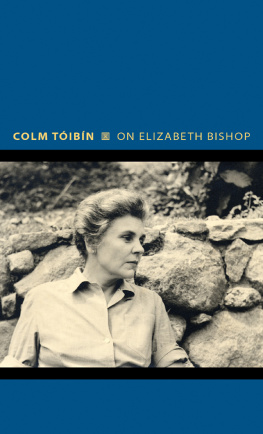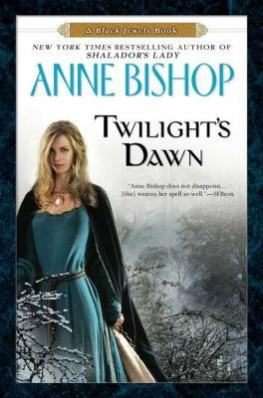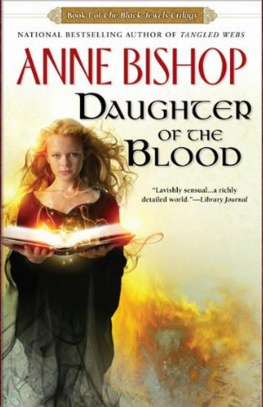ANNE STEVENSON
FIVE LOOKS AT ELIZABETH BISHOP
Elizabeth Bishop is one of the greatest and most influential American poets of the 20th century. First published in hardback in 1998, Five Looks at Elizabeth Bishop is a highly illuminating readers guide written by another leading poet which makes full use of the letters Elizabeth Bishop wrote to Anne Stevenson from Brazil in the 1960s.
Anne Stevenson is a major American and British poet who has published many books of poetry, including her Poems 1955-2005 in 2005. Her other books include Bitter Fame: A Life of Sylvia Plath (1989), the first critical study of Elizabeth Bishop (1966), and a book of essays, Between the Iceberg and the Ship (1998).
Each of her five chapters looks at a different aspect of Bishops art. In the Waiting Room links her life-long search for self-placement to her unsettled childhood. Times Andromeda shows how a youthful fascination with 17th-century baroque art ripened, in the 1930s, into a unique brand of metaphysical surrealism. Living with the Animals considers ways in which Bishop, like Walt Whitman, deserted the literary mode of the fable to give autonomy and authority to natural creatures. Two final chapters focus on the poets Darwinian acceptance of evolutionary change and her steady look at the geographical mirror that in her later work replaced the figure of the looking-glass as an emblem of imagination.
Five Looks at Elizabeth Bishop represents a view of her work Bishop herself would have recognised and approved. A chronology and a set of maps serve as practical guides to the poets life and travels.
A compelling book; patiently and intelligently, Stevenson elucidates and illuminates her subject, relating work and life with exemplary tact. I read it with mounting excitement and, ultimately, gratitude. In a healthy culture, it would be a bestseller Lachlan Mackinnon, Thumbscrew
Biography and close reading of Bishops poems and prose complement each other in [this study] which must surely be the best available introduction to that marvellous poet John Mole, TLS
COVER PAINTING : Table with Candelabra
FROM Exchanging Hats: Paintings by Elizabeth Bishop
COPYRIGHT 1996 BY ALICE HELEN METHFESSEL
reprinted by permission of Farrar, Straus and Giroux, LLC
For Elizabeth Bishops Dear Ilse
and in memory of Kit Barker
Our visions coincided visions is
too serious a word our looks, two looks:
art copying from life and life itself,
life and the memory of it so compressed
theyve turned into each other. Which is which?
Poem
Contents
The authors thanks must go first to her dedicatee, Ilse Barker (the writer, Kathrine Talbot) for advice, encouragement, editorial suggestions and innumerable re-readings. Warm thanks, too, to archivist Sandra L. Barry for her helpful letters and for material supplied in her book, ElizabethBishop:AnArchivalGuidetoHerLifeinNovaScotia, and to Kathleen Carlton Johnson for sending me photocopies of articles and manuscripts from the Vassar College Library. Among many books indispensable to the writing of this introductory work I am indebted to ElizabethBishopandHerArt, edited by Lloyd Schwartz and Sybil P. Estess; David Kalstones BecomingaPoet; Brett Milliers biography, ElizabethBishop:LifeandtheMemoryofIt; Gary Fountain and Peter Brazeaus RememberingElizabethBishop,AnOralBiography; Victoria Harrisons ElizabethBishopsPoeticsofIntimacy and Robert Girouxs beautifully edited OneArt:TheSelectedLettersofElizabethBishop. I am also grateful to Robert Giroux for granting me permission to quote from Elizabeth Bishops writings and letters, and to Chatto & Windus for permission to quote from her books published in England.
As many readers of Elizabeth Bishop will know, excellent introductions to her work already exist in David Kalstones Becoming a Poet (1989) and Lloyd Schwartz and Sybil Estesss compendium, ElizabethBishopandHerArt (1983). So far in the 1990s, Victoria Harrison, Bonnie Costello and Lorrie Goldensohn in the United States have contributed thoughtful, scholarly studies to a galloping Bishop industry, while Seamus Heaney and James Fenton, in their lectures as Professors of Poetry at Oxford, have both singled out her work. In 1993, the publication of Brett Milliers detailed biography initiated what could be termed, I suppose, a stampede of Bishop-lovers to the Vassar archives. Milliers biography has meanwhile been amplified by an interesting (though rather less reliable) oral biography, Remembering ElizabethBishop, assembled by Gary Fountain and Peter Brazeau (1994), and by a hefty selection of the poets letters edited by Robert Giroux and published in 1994 under the title OneArt.
My reason for heaping yet another book about Bishop on the pile rests on a twofold indebtedness. More than any other contemporary, Elizabeth Bishop opened my eyes to possibilities and directions for poetry I might never have explored without her example. I have long wanted to thank her. More heavily on my conscience weighs the burden of having written, over thirty years ago, an introduction to her work that she liked at the time but later could not approve. In 1962, when as a graduate student at the University of Michigan I undertook to contribute a volume on Elizabeth Bishop to the Twayne United States Authors Series, so little material relating to her life and work was available that I was reduced to writing to Miss Bishop herself for guidance. At the time she was living in Brazil, and the letters she wrote back to me, warmly and exhaustively answering my questions, were so exciting and yet so far beyond anything I was in those days capable of assimilating, that I am today embarrassed by the sketch I offered to Twayne in 1965.
Fortunately, owing to a personal mishap, the letters Elizabeth Bishop addressed to me in connection with that Twayne volume found their way in the 1970s to the Special Collections Library of Washington University, St Louis. There, in the 1980s, Kalstone, Harrison and other scholars were able to consult them and put them to more pertinent use than I could possibly have done in the middle 60s. When I began my first book, Elizabeth Bishop had published only two collections, North&South and AColdSpring; even when, in 1964, her New York agent sent me copies of the poems that later appeared in QuestionsofTravel, I was too young or too blindly intent on pursuing abstract ideas, to see how distinctly they marked a change of direction in her work.
Today, the ninety or so poems Elizabeth Bishop chose to publish in her lifetime plus some, like Exchanging Hats, that she suppressed are known to poetry readers throughout the English-speaking world. To some new readers, Bishop will be only a name. Others may have been taught to see her as a feminist or even lesbian poet. My object has been to suggest ways of reading Bishop uncategorically in the light of her insistence on looking at the world and finding there solid correlatives for the marvels, griefs and contradictions that shaped her personal geography. In order to focus my study on the continuities that over the years transfigured Bishops art, I have limited my discussion to her principal stories, essays and poems. Though she was a fine translator from French, Portuguese and Spanish, I have not tried to explain why. And though she published amusing (rather trenchant) verse tributes to Marianne Moore and Ezra Pound, I have not seen that attempting

